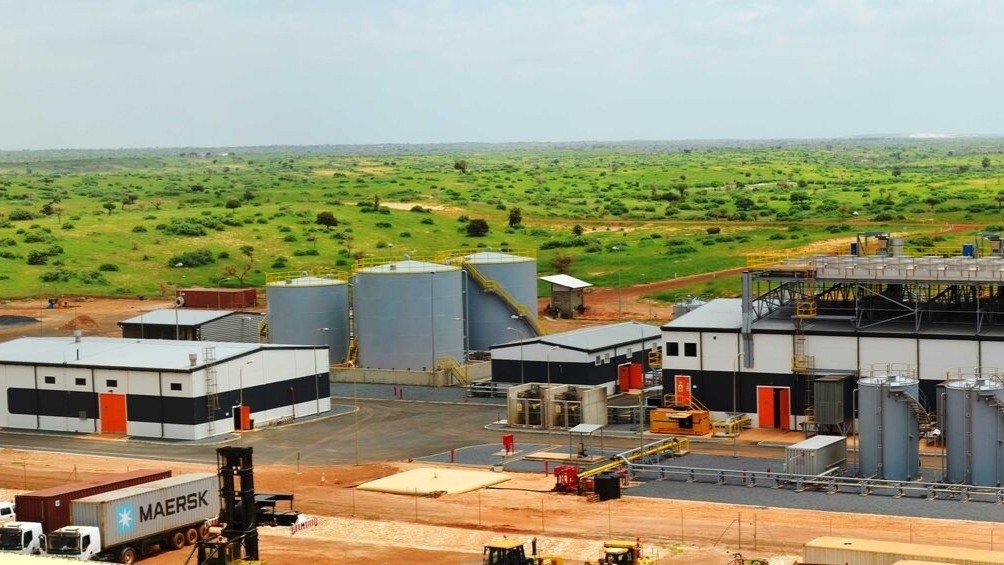

Cement: the key to Africa’s infrastructure development
Cement is not just a building material; it is the foundation of development. It is used to construct roads, bridges, homes, schools, and hospitals. However, many regions in Africa, particularly south of the Sahara, still lack a fully developed local cement industry. This is largely due to unreliable electricity and limited access to competitive fuel sources like natural gas or heavy fuel oil (HFO), both crucial for cement production.
North Africa's energy stability vs. Sub-Saharan Africa's struggles
In North Africa, countries like Morocco, Tunisia, and Egypt benefit from abundant natural gas reserves and strong infrastructure investments. These factors have led to near-universal electricity access and robust industrial activities. In contrast, Sub-Saharan Africa has a more fragmented energy situation. While some countries like Nigeria report high connection rates (96%), only 18% of those connected experience consistent power. As a result, many industries turn to off-grid or captive energy solutions to stay operational.
Local cement production can reduce reliance on imports, enhance self-sufficiency, and support economic resilience. Additionally, it provides job opportunities and drives broader industrialisation. North African countries have benefited from stable energy infrastructure, which has allowed their cement industries to flourish. In contrast, Sub-Saharan Africa often faces challenges, with countries like Nigeria developing captive power solutions to ensure the efficiency of their cement plants.
Reliable and affordable energy for cement production
For cement production, reliable and affordable energy is key, especially in regions with unstable grid infrastructure. Cement plants employ different strategies to secure energy:
- Grid connection: this is the simplest solution, but it often involves costly high-delivery-rate contracts and doesn't guarantee consistent power.
- Power Purchase Agreements (PPA) with Independent Power Producers (IPP): this method is growing in popularity but is hindered by transmission and distribution challenges and the limited number of IPPs capable of meeting cement plants’ high energy demands.
- Captive power generation: many cement producers opt to generate their own power, typically using coal power plants, diesel generators, or thermal plants fueled by natural gas or HFO. This is often necessary when the grid is unreliable.
When developing captive power solutions, several factors need to be considered:
- Fuel availability: identifying locally sourced fuels and the logistics of transporting them.
- Energy Requirements: cement production has steady energy needs but requires more power during specific processes, which must be factored into the power system design.
- Local Regulations: stringent regulations in some countries may complicate the development and operation of captive power systems.
Wärtsilä’s Role in Africa’s Cement Industry
Wärtsilä has emerged as a key provider of captive power solutions, capturing over 30% of the African cement market. Its success is driven by several advantages:
- Modularity: Wärtsilä’s engines (e.g., 7, 10, and 18 MW multifuel models) allow for phased development, helping cement producers expand their capacity as needed.
- Fuel flexibility: The engines can run on various fuels, including natural gas, HFO, and LNG, which reduces dependency on a single fuel and mitigates supply risks.
- High efficiency: Wärtsilä’s engines offer impressive fuel efficiency, delivering 15-20% savings compared to other power generation solutions.
- Integration with renewable energy: The engines are ideal for integrating with renewable energy sources like solar and wind, supporting the decarbonisation of the cement industry.
Case Studies: Wärtsilä’s Impact in Africa’s Cement Industry
Several cement producers in Africa have successfully implemented Wärtsilä’s power solutions:
- BUA Cement: In Nigeria, BUA Cement has integrated Wärtsilä’s solutions into its Sokoto plant, with a 70 MW power plant supporting an off-grid cement production line. This follows a previous 50 MW installation, showcasing the scalability of Wärtsilä’s technology.
- SOCOCIM: In Senegal, Wärtsilä’s solutions have been supporting the local cement production since 2007 providing robust operational support through its strong local presence.
- Lafarge Africa: Lafarge's 100 MW Ewekoro plant in Nigeria primarily uses natural gas but can switch to liquid fuel if necessary, ensuring a reliable power supply.
- Mangal Industries: In Kogi State, Nigeria, Mangal Industries has partnered with Wärtsilä for a 50 MW dual-fuel power plant, highlighting the critical role of reliable energy in achieving production targets.
Globally, Wärtsilä has supported over 150 cement plants with Captive generation solutions representing more than 3.6 GW of installed capacity.
Toward a Resilient, Industrialised Africa
Africa’s industrial future depends on reliable energy access, not only for communities but also for industries like cement that are crucial to economic growth. Wärtsilä’s flexible, efficient, and modular power solutions offer cement producers a reliable path to consistent energy supply while supporting sustainability efforts. By enhancing local cement production and ensuring energy resilience, Africa can pave the way toward a more industrialised, self-sufficient future.
Did you like this? Subscribe to Insights updates!
Once every six weeks, you will get the top picks – the latest and the greatest pieces – from this Insights channel by email.
